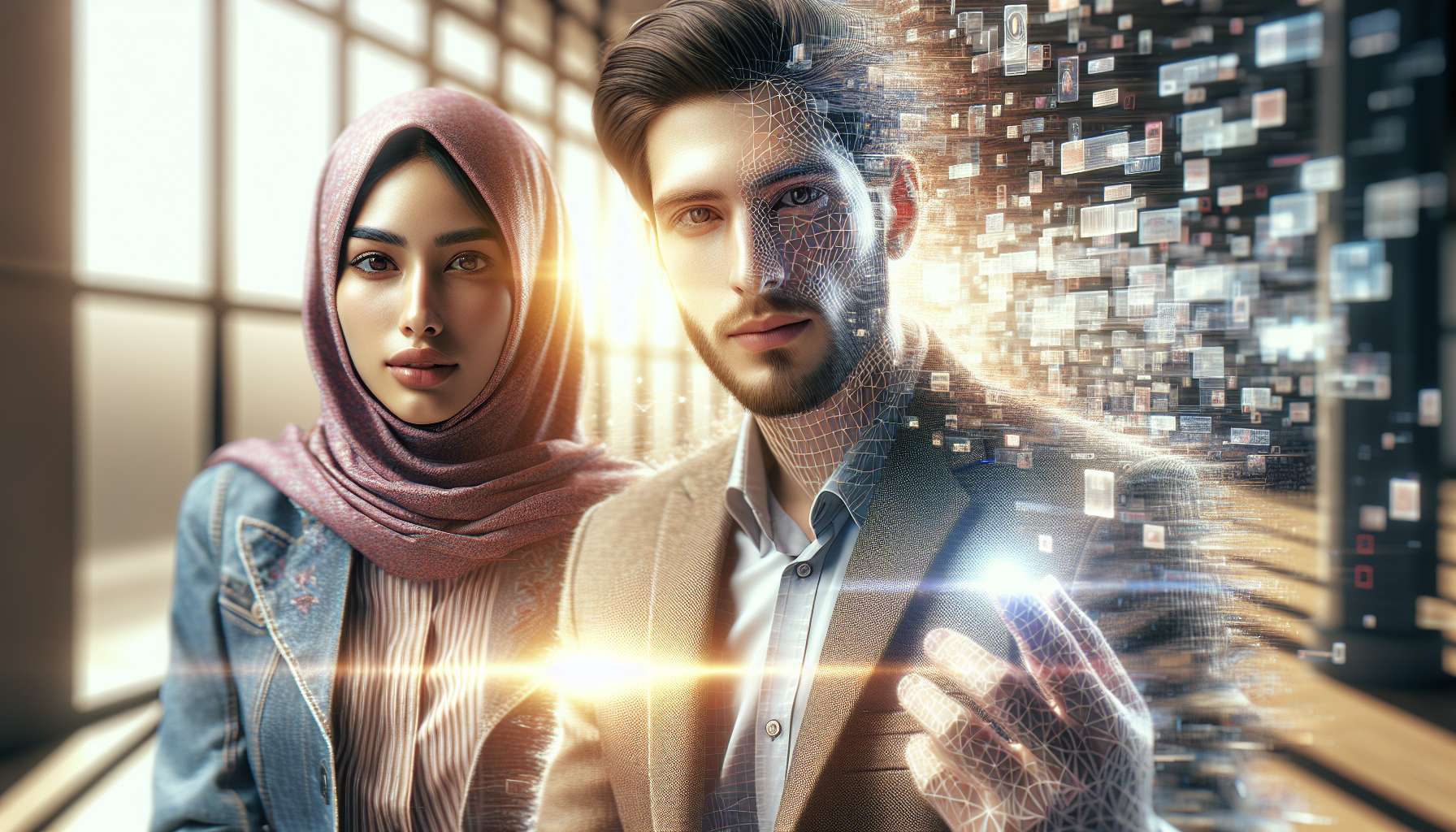Unlocking the Potential of Education with Augmented Reality
Education has always been a cornerstone of human development, and as technology continues to advance, so does the way we learn. One such technology that is revolutionizing the education landscape is augmented reality (AR). By blending the virtual world with the real world, AR has the power to enhance learning experiences in ways that were previously unimaginable. In this article, we will explore how augmented reality in education is transforming traditional learning methods and opening up new possibilities for students and educators alike.
1. Immersive Learning Experiences
Augmented reality brings learning to life by creating immersive experiences that engage students on a whole new level. Instead of relying solely on textbooks and lectures, AR allows students to interact with virtual objects and environments, making abstract concepts more tangible and easier to understand. For example, biology students can explore the human body in 3D, chemistry students can conduct virtual experiments, and history students can step back in time and witness historical events unfold before their eyes. By making learning more interactive and engaging, AR helps students retain information better and fosters a deeper understanding of the subject matter.
2. Personalized Learning
Every student has unique learning preferences and abilities. Augmented reality in education enables personalized learning experiences tailored to individual needs. AR applications can adapt to a student’s pace, providing additional explanations or challenges based on their progress. This personalized approach ensures that students receive the right level of support and challenge, maximizing their learning potential. Furthermore, AR can provide real-time feedback, allowing students to track their progress and identify areas for improvement. By catering to individual learning styles and needs, AR empowers students to take ownership of their education and achieve better outcomes.
3. Collaboration and Social Learning
Learning is not just an individual endeavor; it is also a social process. Augmented reality facilitates collaboration and social learning by enabling students to work together in virtual environments. Whether it’s solving complex problems, conducting group experiments, or creating virtual presentations, AR encourages teamwork and communication skills. Students can collaborate with peers from different locations, fostering a global perspective and cultural understanding. By breaking down geographical barriers, AR opens up a world of possibilities for cross-cultural collaboration and knowledge sharing.
4. Real-World Applications
One of the most exciting aspects of augmented reality in education is its ability to bridge the gap between the classroom and the real world. AR can simulate real-world scenarios, allowing students to apply their knowledge in practical contexts. For example, engineering students can design and test virtual prototypes, medical students can practice surgical procedures, and language learners can engage in immersive conversations with virtual native speakers. By providing hands-on experiences, AR prepares students for real-world challenges and equips them with the skills they need to succeed in their chosen fields.
5. Accessible and Inclusive Education
Augmented reality has the potential to make education more accessible and inclusive for all learners. By removing physical barriers, AR enables students with disabilities to participate fully in the learning process. For example, visually impaired students can use AR to access visual content through auditory cues, while students with mobility impairments can explore virtual environments without limitations. Additionally, AR can provide multilingual support, making education more accessible to non-native speakers. By embracing augmented reality, educational institutions can create inclusive learning environments that cater to the diverse needs of their students.
In conclusion, augmented reality is revolutionizing education by enhancing learning experiences and opening up new possibilities. From immersive learning experiences to personalized learning, collaboration, real-world applications, and accessibility, AR has the power to transform traditional education methods. As we continue to unlock the potential of augmented reality in education, we can expect to see even more innovative and impactful applications that will shape the future of learning.





